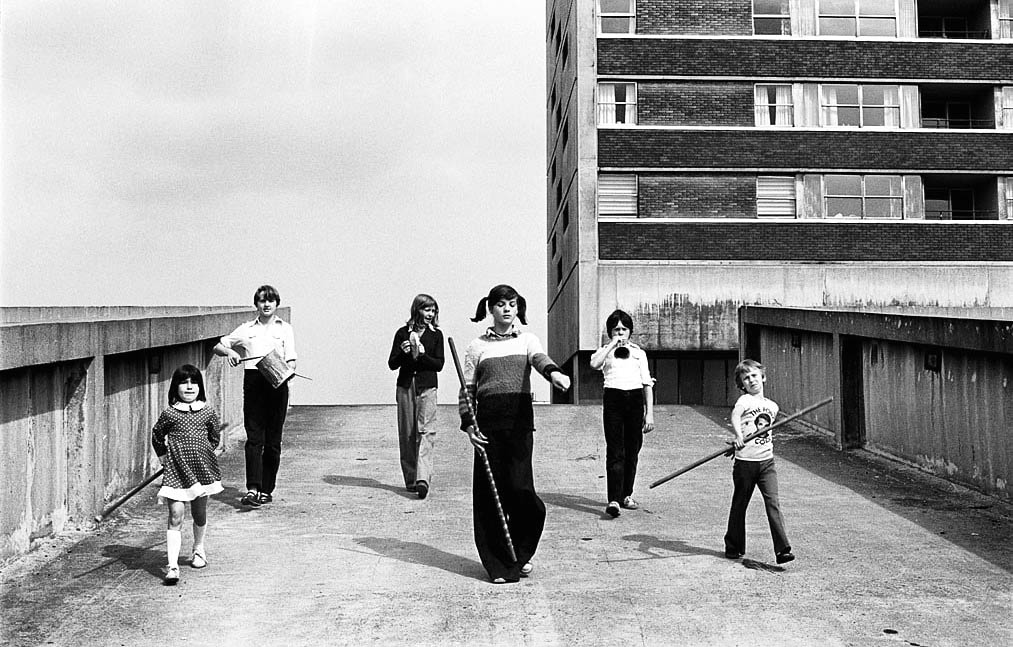Tish Murtha, Kenilworth Road Kids, Cruddas Park, Juvenile Jazz Bands, 1979 © Ella Murtha
How do you make a documentary about a documentarian? Director Paul Sng talks about balancing image, sound and testimony in his film on Tish Murtha
When deciding whether to take on a project, director Paul Sng asks himself five key questions: What is the story about? Who is the audience? How are we going to tell that story creatively? Why now? What is my right to tell the story? If all have compelling answers, he starts thinking seriously about funding, casting, writing and assembling a team for the film. For Tish, Sng’s 2023 documentary about the South Shields-born photographer Tish Murtha, the final question was the most important.
Murtha was a working-class photographer with a left-wing sensibility, whose pictures brought a shocking but poetic realism to life in England’s deindustrialising north. Her legacy continues through the diligent curation of her daughter Ella, but her work remains less known than that of contemporaries such as Chris Killip and Graham Smith. What would it mean to animate Murtha’s life – and pictures – at a time when the cycles of economic inequity and social deprivation are repeating?
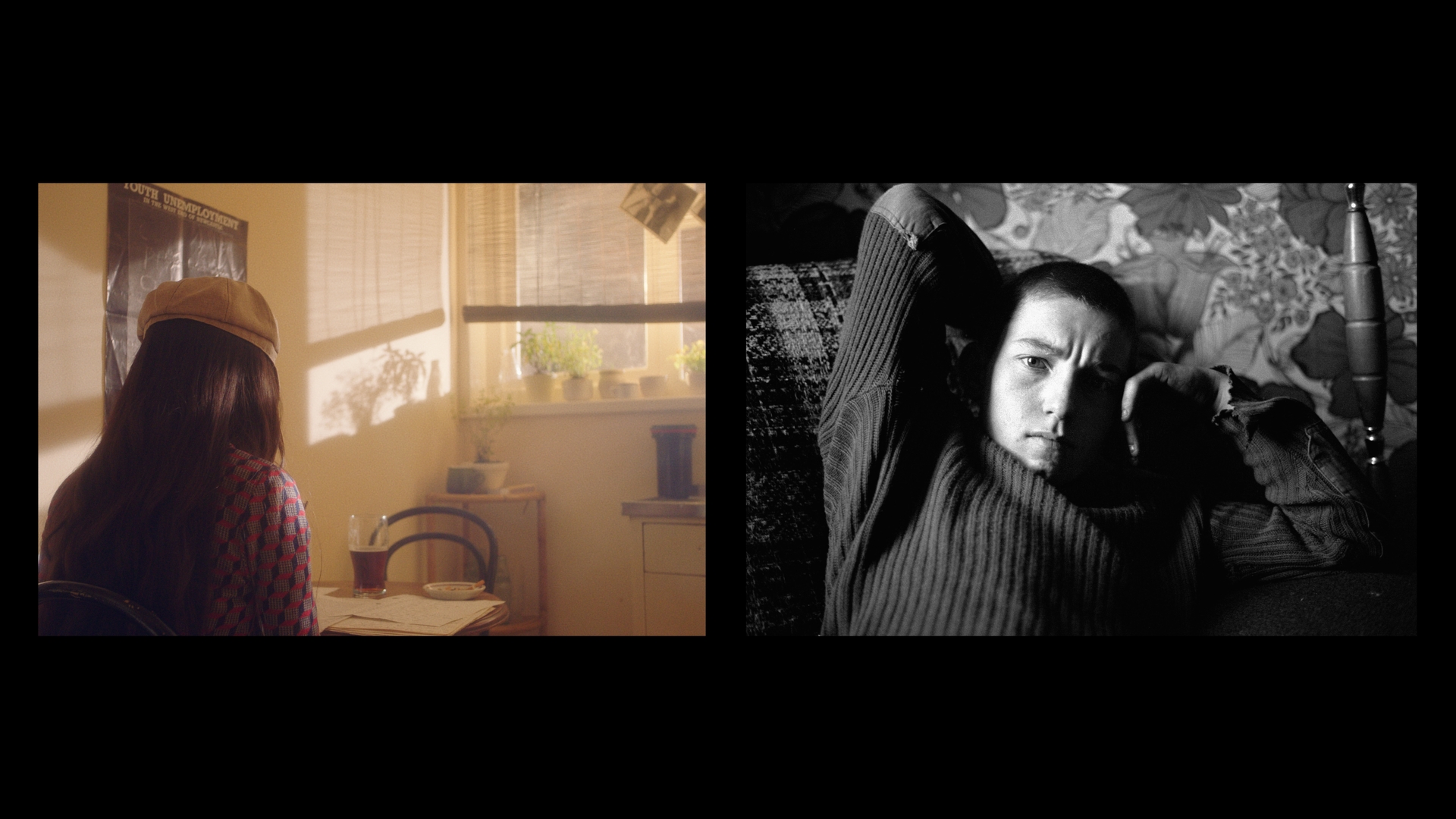
Tish intersperses Murtha’s photographs with interviews featuring her mentors Dennis Birkwood and David Hurn; friends Ethel Cass and Daisy Hayes; siblings Carl, Glenn, Mark and Eileen; and photographic contemporaries Mik Critchlow and Killip. Many of the conversations are anchored by Ella, who acts as an intermediary between her mother and the contributors, offering personal reflections which steer the narrative. Sng uses Murtha’s photographs to illustrate her eviscerating political writings, creating a didactic force while showing the full scope of her practice, from Juvenile Jazz Bands to the lesser-known London By Night, a depiction of the lives of Soho sex workers.
Some of the most powerful moments in the film occur when Murtha’s siblings look back on their own lives in her images. Glenn describes their father sending the boys out to collect scrap metal, while the camera pans across a picture of a boy standing shrouded in smoke over a molten lead fire. The audience is seemingly caught between eras: the Dickensian poverty shown in the images on one hand and Glenn’s memories on the other, balanced by Sng in a single sequence.
Using a documentary format to tell the story of a documentarian presents a paradox. There are several artistic and social perspectives to contend with. “When you’re making a documentary, you’re beholden to the truth,” Sng explains. “Not just your truth – and the integrity of what you’re trying to say – but the participants that you’re working with.” Then there is the truth of the pictures, social conditions frozen in time. The British Chinese film-maker drew inspiration from Murtha herself, he says. She made sure to give a print to all of her subjects, as much an act of courtesy as collaboration. “I try to at least spend a bit of time with someone before turning on the cameras,” Sng says. “Knowing that Tish did that informed our process and practice in terms of transparency.”
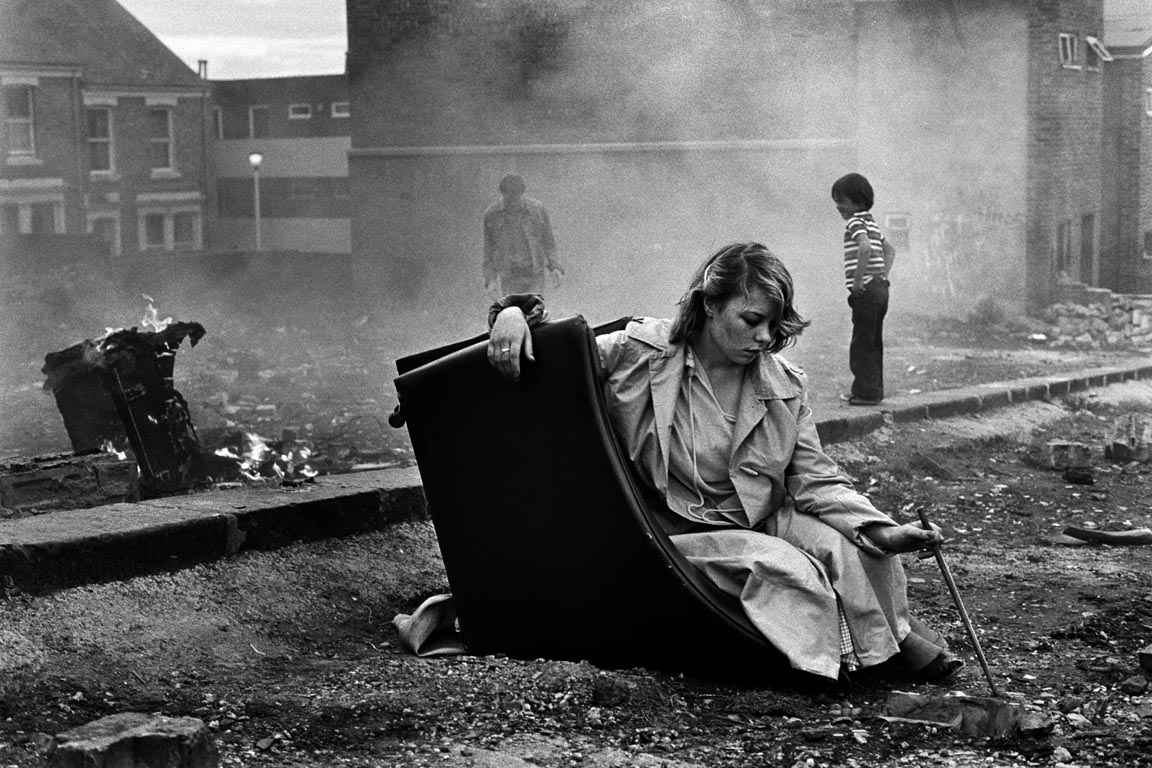
“Presenting Tish as a photographer, an activist and an artist was our mantra”
Past lives
Tish is as much a political history as a biography. The film opens with a voiceover in which Murtha surveys her surroundings, her diary entries and writings narrated by the actor Maxine Peake (as in the rest of the film). “High levels of unemployment have always been a hard and constant feature of life in the West End of Newcastle,” Peake declares, channelling a conviction as present in Murtha’s prose as in her pictures. The young Murtha was a sharp commentator on poverty’s ideological underpinnings – the abandonment of a whole generation captured in Youth Unemployment and witnessed first-hand with her own brothers.
“What is becoming clear to the generation now approaching maturity is that our society has no solutions for their problems; can give no direction to their lives,” Peake reads. Tish’s sound design accentuates these rhetorical moments. A steady drumbeat rises behind Peake’s voice as she delivers the lines, turning the observation into a damning judgement. At other points operatic arias soar over the pictures – a nod to the Murtha family’s culturally rich upbringing. Carl had ambitions to become an actor; Ella was named after Ella Fitzgerald.
Sng first encountered Murtha’s work when editing two photography books: Invisible Britain: Portraits of Hope and Resilience (2018) and This Separated Isle: Invisible Britain (2021). Ella wrote him a blurb and they began discussing photographers for the second volume. The idea of a documentary about Murtha’s life eventually came into focus, with Sng finding an affinity with Murtha’s story in his own working-class upbringing. ‘It’s me and you against the world’ was a familiar phrase his mother would use during his south London childhood, Sng says. He was a young boy when Murtha was documenting the effects of deindustrialisation in the north-east, but his value system closed the distance between them. “I can remember my mum telling me when I was seven years old that Margaret Thatcher was a bad person,” he laughs.
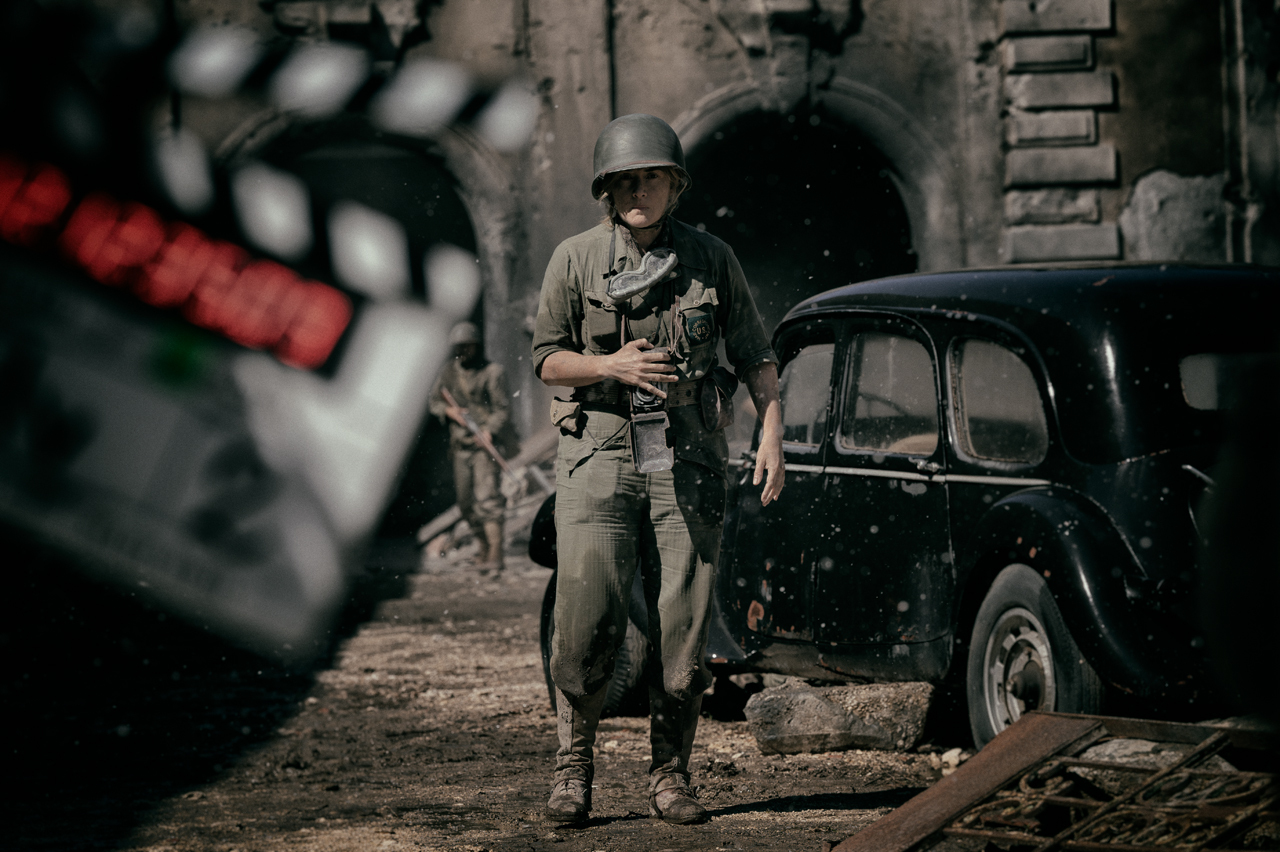
Sng’s 2021 documentary Poly Styrene: I Am a Cliché was made in collaboration with the musician’s daughter Celeste Bell-Dos Santos, but his new work was not about searching for another mother-daughter story, Sng says. “It was wanting to make a film about an artist who was an outsider, but was able to challenge the status quo. Somebody who was fierce and didn’t compromise, and as a result of that was probably marginalised more than she might have been.”
Tish arrives in a films-about- photographers tradition with two distinct formats, while also continuing a lineage of left-wing social documentaries. The elevation of war photographers into hero figures has made them ripe for dramas and biopics, with Double Exposure: The Story of Margaret Bourke-White (1989) and The Killing Fields (1984) among those centring photographers on screen. A steady stream has continued in the last two decades. Fur: An Imaginary Portrait of Diane Arbus (2006) stars Nicole Kidman in a factually imaginative portrayal of Arbus’ career, while more recent big-name titles include Minamata (2020), with Johnny Depp as W Eugene Smith, and Life (2015), in which Robert Pattinson plays Dennis Stock on assignment to shoot James Dean. The fashion-to-war-correspondent narrative also lies behind Lee (2023), with Kate Winslet playing Lee Miller.
The documentary format is less glitzy, but allows for a deeper exploration of politically woven stories such as Murtha’s (though Tish does include a few short, dramatised vignettes, with Murtha played by Shin-Fei Chen.) At several points, Sng creates mixed-media diptychs, showing colour footage of Silver Jubilee street parties and evenings in the pub alongside Murtha’s photographs of similar scenes. Recent documentaries have also received critical acclaim where their Hollywood equivalents have struggled. David Morris and Jacqui Morris’ McCullin was Bafta-nominated in 2012, while the Oscar-nominated Finding Vivian Maier was funded via Kickstarter shortly after John Maloof began circulating Maier’s pictures, playing a key role in spreading the word about her work.
In fact, the combination of activism and artistry makes Laura Poitras’ All the Beauty and the Bloodshed (2022) another antecedent for Tish, albeit not an obvious one. Nan Goldin’s activism is inspirational, as is Murtha’s legacy. Exploring Murtha’s art posthumously means that the film becomes a process of re-activism, the documentary a microphone for its subject’s views. Sng was drawn to the relevance of Murtha’s beliefs – and anger – today, mentioning UK child poverty in particular. “What’s changed in that time?” he asks.
“This photography world, and those who operate it, really make you sick at times” – Murtha
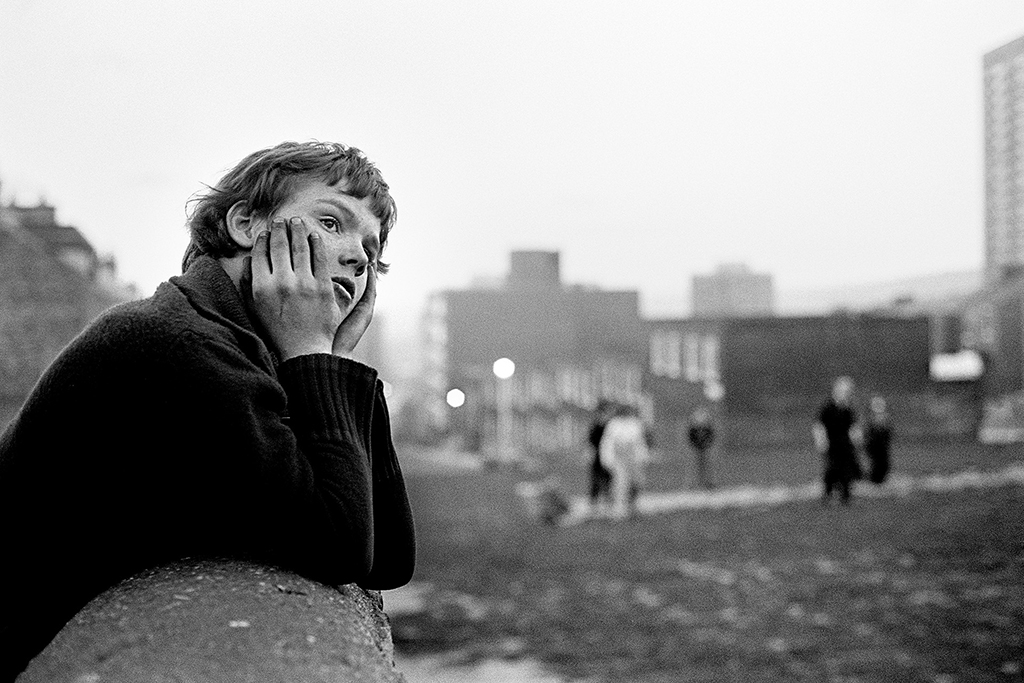
Murtha had her own clear ideas about media and motivation. “My use of photography and my approach to it, is based on the conviction that the fundamental value of the medium is its capacity to provide direct, accurate and vital records of the conditions, events and experience that shape our lives,” Peake reads from her diaries. This conviction made including Murtha’s photographs, and decisions on how to do so, easy, Sng says, adding that Ella had the best eye for placing her mother’s pictures.
Murtha was also critical of the photography industry. Killip recalls enjoying support from Northern Arts and Side Gallery, but she received nothing and keenly felt these slights. “This photography world, and those who operate it, really make you sick at times,” Murtha wrote after quitting Side. She had felt the gallery was pushing for her work to fit an anaesthetised “philosophy of working-class culture”, which she disdained.
Tish is about honouring Murtha’s role as part of the community she photographed, Sng says, and she is constituted by others’ memories as well as her pictures – deepening the overall portrait and keeping her memory alive. “Presenting Tish as a photographer, an activist and an artist was our mantra,” Sng says.
In the latter stages, Tish gives way to a moving reflection on Murtha’s achievement and death. Ella gently leads the interviewees and the film into more emotional corners, particularly while discussing the impact of her own birth on her mother’s career. All agree that Murtha’s feistiness dissipated as life took its toll. She was a product of tough times as well as a chronicler of them, and eventually succumbed to the forces her images portray. Ella recounts the anguish of realising that, towards the end of her life, Murtha had not turned the heating on for fear of the cost. And there is pain and anger when Peake reads the job applications Murtha sent to the likes of Sodexo and the local retail centre in her final months. “I like gardening and also grow my own fruit and veg,” one reads. “I’m also a keen photographer – and develop my own photos.”
Tish opened in cinemas in the UK and Ireland on 17 November. Elswick Kids and Youth Unemployment are available from Bluecoat, priced £22 each

